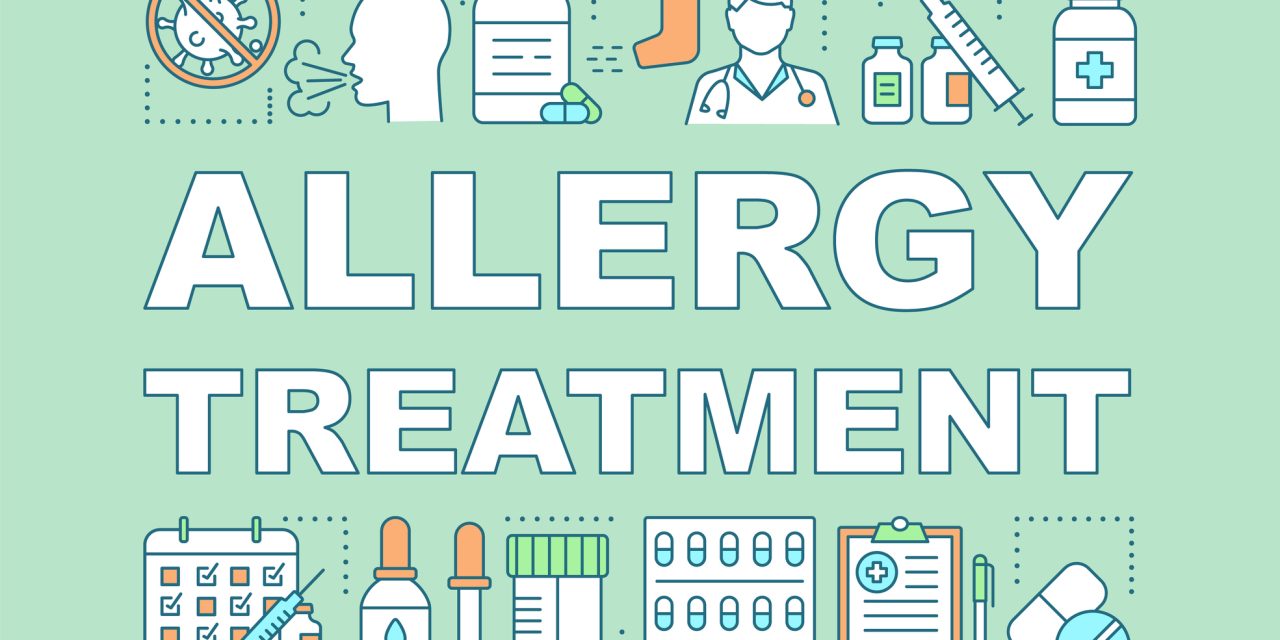Occupational exposures are estimated to account for 15-25% of all adult asthma in the general population. In some cases, workplace allergen exposures can be reduced but not entirely eliminated. Given the potentially significant impact of job change, some workers may choose to continue working in a job where there is an ongoing occupational allergen exposure. In these cases, a combined approach including personal safety measures, pharmacotherapy, and allergen immunotherapy (AIT) may result in the best clinical outcomes. This review presents existing evidence for the use of immunotherapy and biologic treatments in occupational allergic disease for a variety of occupational allergens, including wheat flour, mammalian proteins, natural rubber latex, and hymenoptera venom. There is increasing but modest evidence on beneficial short-term and long-term effects of AIT and safety in worker populations. Available data suggest that AIT can reduce skin and respiratory symptoms and therefore allow workers to continue their current occupation.Copyright © 2020. Published by Elsevier Inc.
The Role of Immunotherapy and Biologic Treatments in Occupational Allergic Disease.


